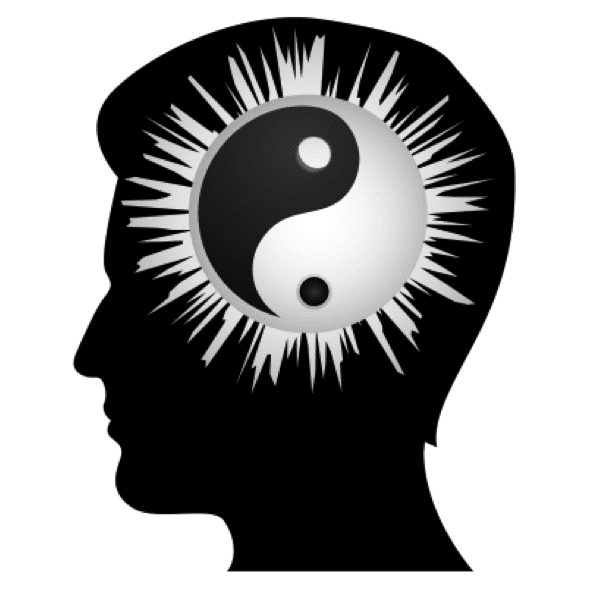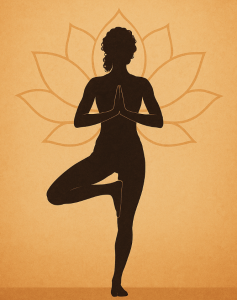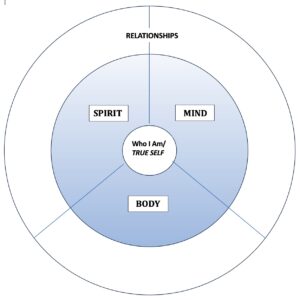In the past 50 years, humans generated more knowledge than in all their existence on this planet. No wonder the world feels confusing and even overwhelming at times.
New combinations of technology, competition, and communications are causing fundamental change in venerable institutions and hundred-year-old business models. The pace of change that we thought unsustainable even 5 years ago is constantly being accelerated making this the most important question for any organization: are we changing as fast as the world around us? Gary Hamel
To experience a brief, fast-paced glimpse of our current reality, check out Social Media Revolution 2012. I had to watch the video three times because the images and information were moving too fast for me to read it all, let alone internalize it.
For most organizations and people, the answer to Hamel’s question would be “No, we are not changing as fast as the world around us.” We now operate in a New Normal environment where our interconnected, volatile, uncertain, complex and ambiguous circumstances necessitate rapid change of a revolutionary nature. Hence, it is unlikely the challenges we face today are solvable by yesterday’s solutions, which is why innovation has become the gospel in both our organizational and personal lives. No longer can we focus our time and energy on only tweaking and improving what skills, talents and contributions already exist. The added complexity is we need to both establish a stable foundation and, at the same time, reinvent ourselves in the form of new offerings to solve our new challenges. In other words, we need to be adaptable — flexible, agile and resilient.
Whether on the personal, organizational or societal level, the New Normal requires us to balance our ability to survive (sustain a solid foundation) with our ability to thrive (create innovative, fulfilling contributions). In the “either/or” world of the 1990s, we had time to focus our energy on one strategy (stability) until it was optimized and then shift our attention and resources to the other (innovation). In today’s “both and” world, adaptive strategies optimizing stability and innovation are equally significant and demanding of our attention. The real question for us today becomes one of: how do we both survive and thrive without buckling under the weight of overload, overwhelm and distress? The three actions below significantly increase our adaptability, contentment and productivity.
1. Consult & Collaborate
The first book I wrote (Creating Space: The Practice of Transformation) will be published by the end of November 2012. I began writing that book in 2004, and eight years later finally completed the first volume. I wrote the book alone. Since then, I have written and published three more books, all in collaboration with others. My most recent accomplishment, Creating Space: Yoga Actions for Feet & Ankles, took less than a year. More than one cause created this difference in time span but collaboration was the primary reason as it sustained enthusiasm and energy for whatever we produced. Collaborators feed each other energy and confidence through the synergy of their shared creative experience.
In addition, authoring a book in the New Normal is no longer only about writing. It demands subject-matter expertise, e-book technical application knowledge, photographic and lighting talent, layout and design experience, and more. If I had attempted to learn and do all this on my own, my latest book would have taken me 10 years to complete.
2. Cope by Clueing in to Capacity
Whenever we become overloaded or overwhelmed, our bodies signal us. Our job is to become aware of how those signs feel. It is a feeling (a sensation not an emotion) in our bodies that is our first clue of distress — holding our breath, tightening our jaw, squeezing our eyebrows together, gluing our tongue to the roof of our mouth, keeping our shoulders hunched towards our ears and tensing muscles in many other places. Each of us may have several “holding patterns” we condition our body to habituate whenever stress is present.
In a world where stress seems ever present, continuously maintaining our flight-fight response on “‘red alert” pushes us into overdrive and exhaustion. Doing a daily body scan during meditation or other relaxation routines connects us to where these sensations of tension are located and begins the process of unwinding tightness and rigidity. Resilience comes from strength and flexibility, not from tightness and rigidity.
3. Change Your Mindset
ø complaining
ø shaming
ø blaming
First and foremost, eliminate complaining, shaming or blaming thoughts and words from your experience. This is the language of helplessness and victimization, and its long-term consequences are mental and physical illness.
Science has proven the mind cannot hold two thoughts at the same time, which means we can literally switch from negative thinking to positive thinking in a second. I enable myself to manage this switcheroo by repeating affirmations. An affirmation is a positive statement about what I want to hold true or affirm for myself. The operative word is ‘want.’ The affirmation does not have to be true right now, but rather something I wish to experience as my truth. No different than a vision. Since stress is an internal creation and we are in control of our internal experience, we can choose to make our experience whatever we desire.
Life rewards action. It is neutral to our dilemmas. When we think positive thoughts, we create, with Life’s support, positive outcomes. When we choose negative thoughts, we create, again with Life’s support, negative outcomes. It is our choice. Why not opt for wellness.
What could you collaborate on with others, which would enable you to survive and thrive?
What sensation in your body signals you to relax, renew and reinvent yourself?
What affirmation is most meaningful for you right here, right now?
I trust Life and my body to guide me to truth and wellness.
The people I am looking for are looking for me.





